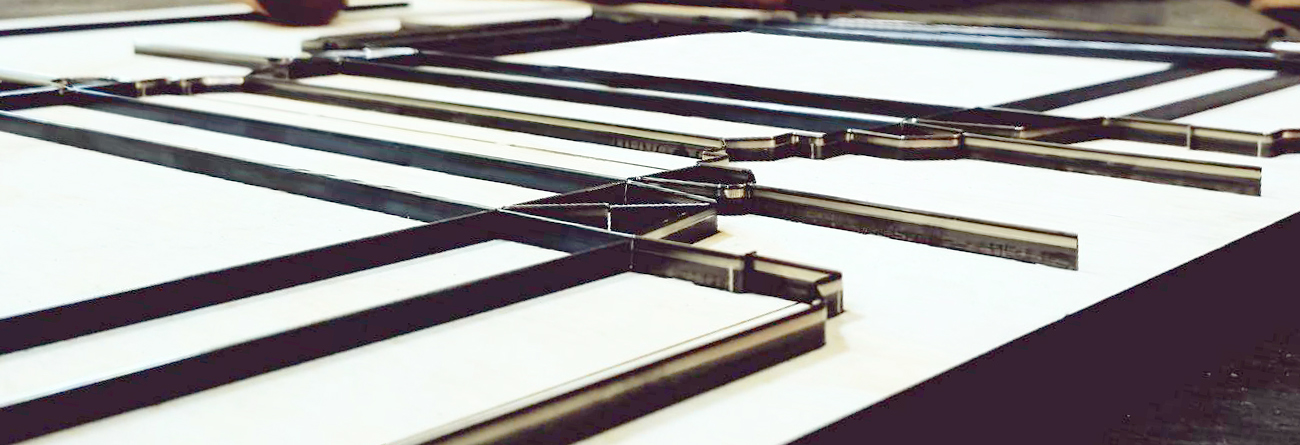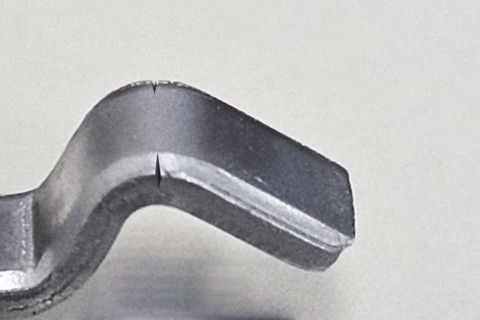In accordance with the EU's implementation of the Personal Data Protection Act, we are committed to safeguarding your personal information and providing you control over it. We have updated and will regularly update our Privacy Policy to comply with this personal data protection law. Please refer to our latest Privacy Statement.
This website uses cookies to enhance your browsing experience. To learn more about how this website uses cookies, please click here.
Latest News
28.Jul.2025
Case Studies
How to Fix Crease Line Cracking in Die-Cut Paper Packaging

A paper packaging manufacturer recently reported that their customer encountered consistent cracking along crease lines after die cutting.
The issue was traced back to the use of K-rule scoring on delicate, thin paper materials with weak fiber composition, which led to product rejections and interruptions in packaging operations.
Drawing from our in-depth industry knowledge, we collaborated with both the die shop and the creasing specialists to analyze the problem thoroughly.Our joint findings revealed seven major causes behind the crease-line failures :
1. Low humidity levels making the paper overly brittle
2. Excessive heat exposure during hot air drying
3. Scoring rule height too tall, creating overly deep creases
4. Use of short-fiber paper with limited resistance to compression
5. Blunt rule tips or tight spacing, intensifying pressure on the crease line
6. Irregularities in the die-cutting base or platen misalignment
7. Inaccurate machine settings or improper pressure calibration by the operator
To resolve the issue, we advised reducing the K-rule height and ensuring the die board and platen surface were properly leveled.
In certain scenarios, it was also beneficial to adjust the paper drying process or replace the existing cutting die.
Following these adjustments, the paper cracking was completely eliminated. Production quality returned to normal, operations ran smoothly,
and customer satisfaction improved dramatically.
👉 See how our R Series Creasing Rules enhance fold reliability and help eliminate crease-line failures in fragile substrates.
Other
30
Sep.2025
Case Studies
How Steel Materials Improve Bending Performance
05
Aug.2025
Case Studies
SK5 Cracking Case Solved with SK85M Material from Nippon Steel
01
Aug.2025
Case Studies



